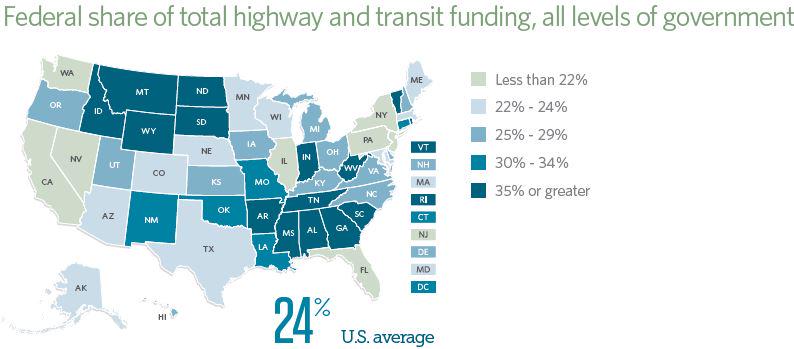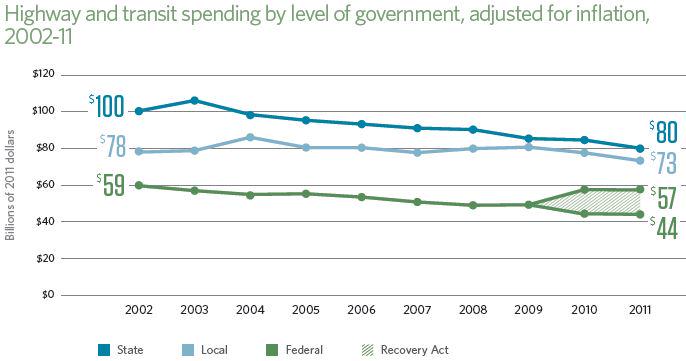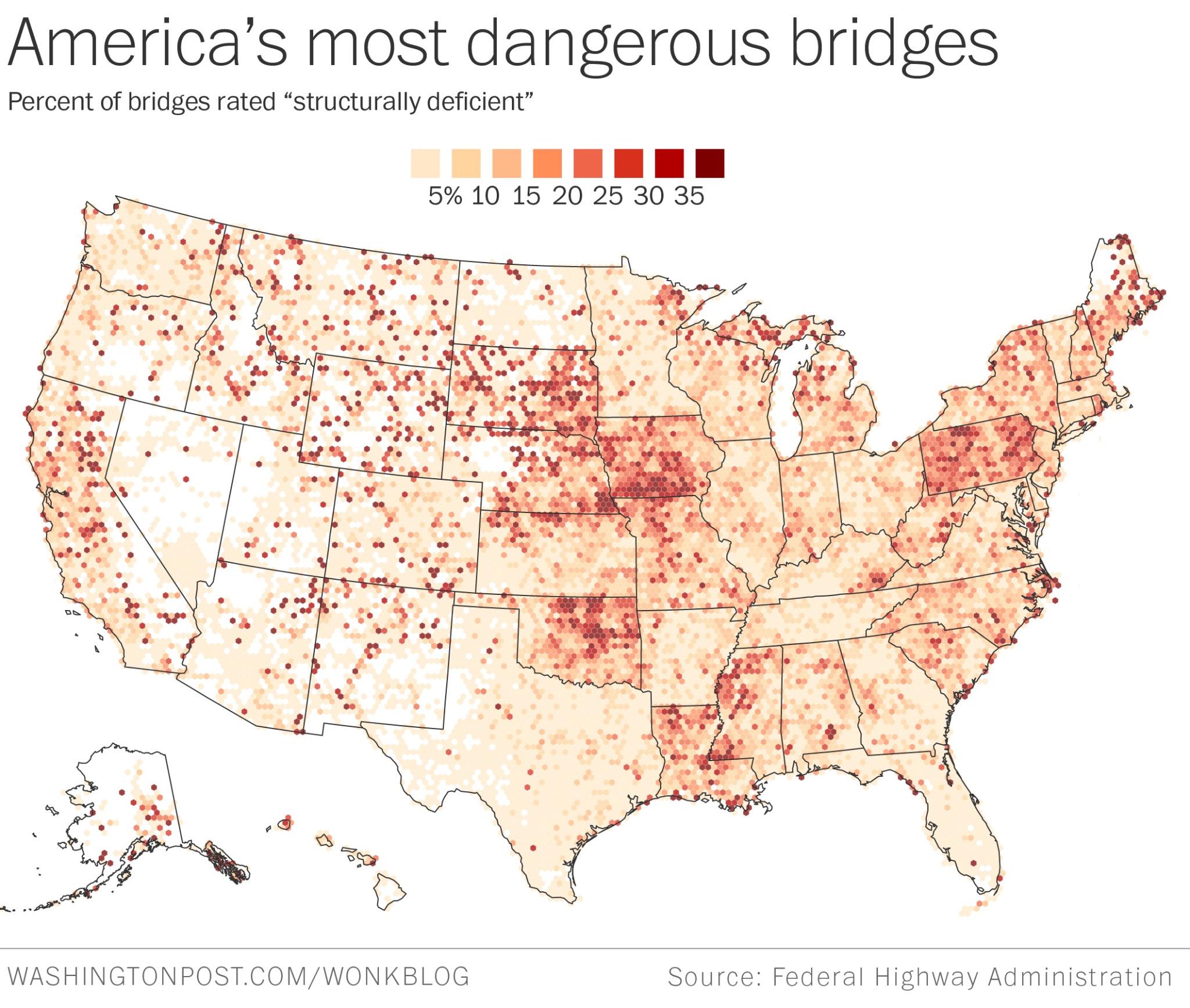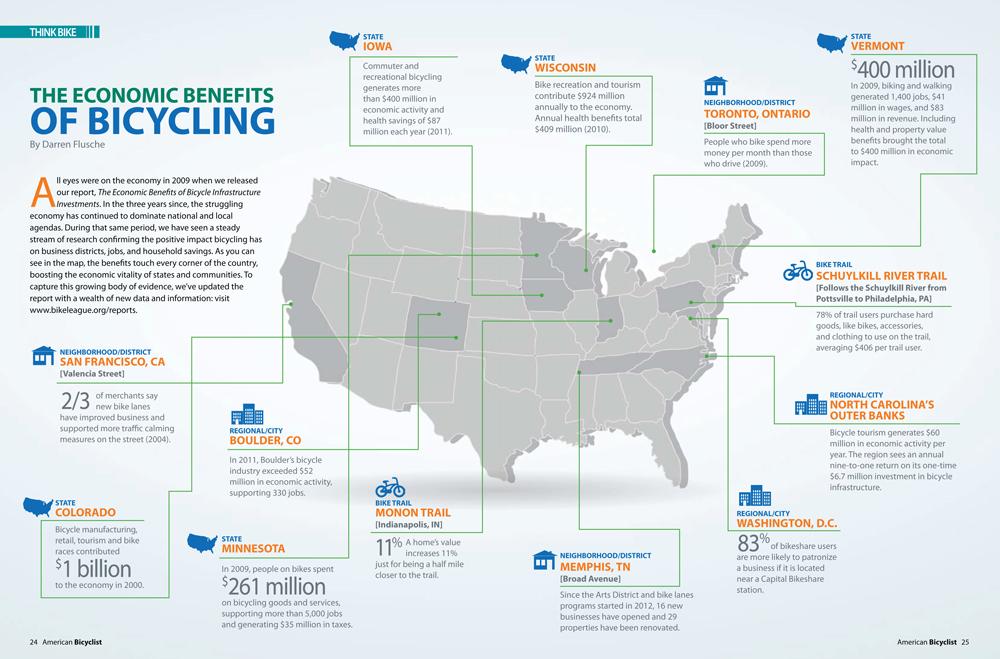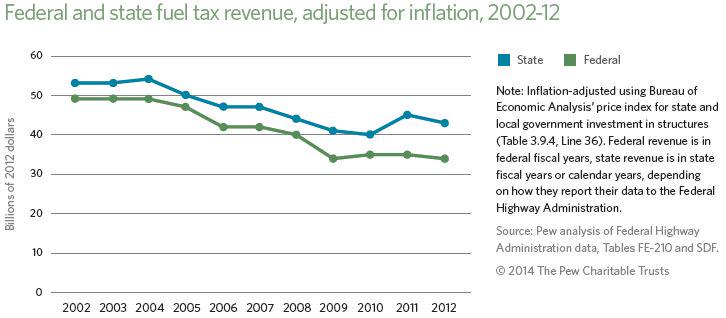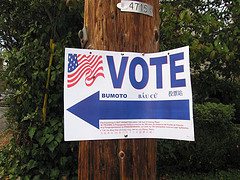The American Association of State Highway and Transportation Officials is currently hiring a Director, Project Finance Institute, a position located in Washington, D.C.
The Director, Project Finance Institute (PFI), leads the management and operation of the AASHTO Project Finance Institute, which promotes effective financing and implementation of surface transportation programs, projects, and policies by state and local agencies through training in the use of tools and decision-making processes, sharing of best practices, and technical assistance.
The director, Project Finance Institute directs all aspects of the Institute’s management and operations which includes development of strategies and work plans; efficient management of budgetary resources; identification and engagement of the Institute’s audience of beneficiaries, including state departments of transportation; review and oversight of subcontractor entities; and the development and delivery of tasks based on the cooperative agreement between AASHTO and the Federal Highway Administration.
Supervised by AASHTO’s Policy Director, the incumbent directs PFI’s assistance to surface transportation project sponsors through activities such as development of PFI’s strategic working group; development and delivery of training opportunities such as workshops, training seminars, and peer exchanges; development and management of the PFI website and a robust e-learning platform; facilitation of innovative practices through research and development; and other tasks as appropriate in advancing the mission of PFI.
In order to best understand the needs of PFI’s targeted audience, the incumbent regularly engages with AASHTO’s member department executives such as chief financial officers, chief administrative officers, and other program and policy leaders comprising the AASHTO Standing Committee on Finance and Administration. In addition, the incumbent will engage regularly with other project finance and transportation stakeholders.
Successful candidates should have a minimum of six years of progressively responsible experience, with at least two years in the field of surface transportation at the federal, state or local level of government. A bachelor’s degree in business administration, public administration, economics or a related field is required, and evidence of a higher degree of professional development, such as postgraduate education, is also desirable.
Project planning, budgeting, and management skills are essential to this position, and a broad understanding of federal and state transportation policy is required. The incumbent must have experience with contract administration and financial reporting. A basic understanding of capital markets, institutions, and state-of-the-art financial instruments, as well as the ability to communicate complex issues is required. Excellent written and oral communication and interpersonal skills are essential to this position. The incumbent must be able to travel 30-50 days per year.
Those interested in applying may do so by emailing recruiter@aashto.org by close of business on Friday, Jan. 2. Relocation costs are not reimbursable. AASHTO is an equal opportunity employer.
